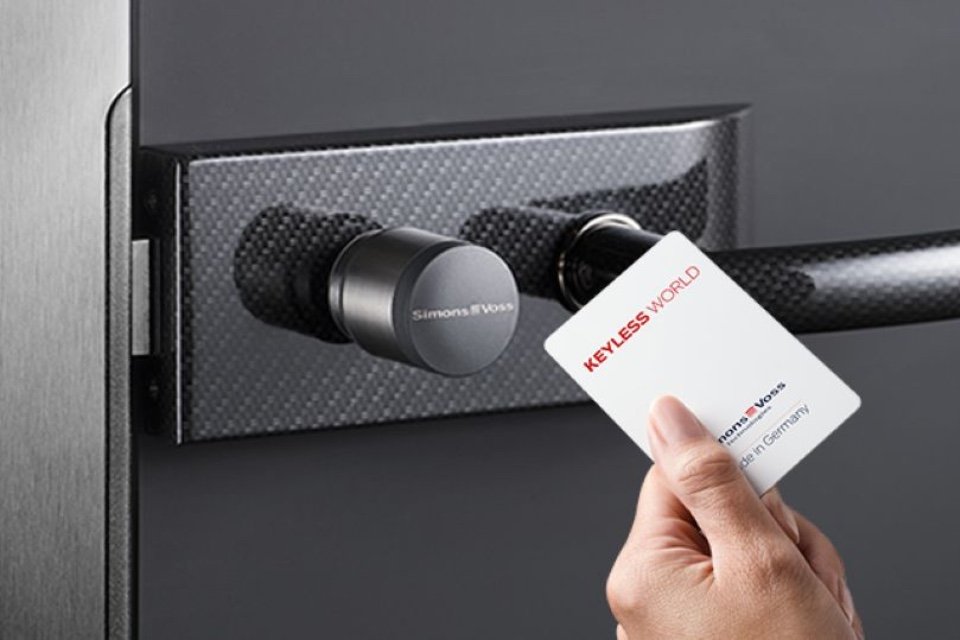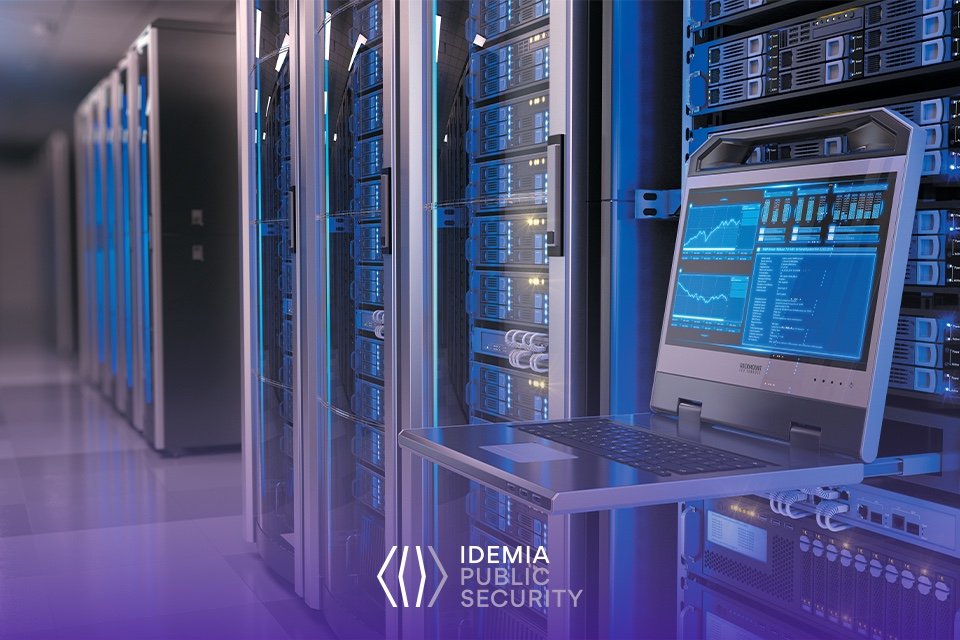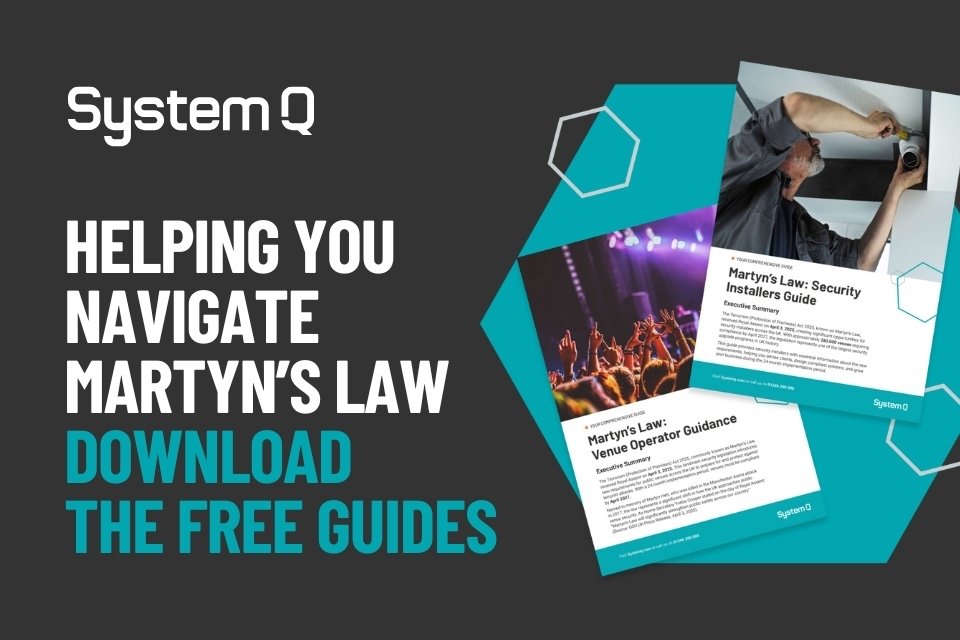By Bruce Donald, UK & Ireland Manager, SimonsVoss Technologies
From schools and hospitals to retail centres and sports venues, high-footfall spaces are under increasing pressure to keep people safe while maintaining smooth day-to-day operations. These environments face a unique blend of challenges: balancing security with accessibility, managing diverse user groups, and ensuring systems can adapt to fast-moving or emergency situations.
As the security landscape evolves – particularly with the pending introduction of Martyn’s Law (Protect Duty) – it’s no longer enough for access control to be reactive or rigid. Venues must adopt systems that are adaptable, compliant, and built to scale. At SimonsVoss, we call this approach future-proofed access control, underpinned by three key pillars: Adaptive Architecture, Compliance Excellence, and Sustainable Security.
This is the message we’ll be bringing to the Total Security Summit later this year, where our Area Sales Manager, Ricardo Balla, will deliver a dedicated session exploring these principles in depth.
The New Normal for High-Footfall Sites
High-traffic environments present unique operational risks, from unauthorised access and misplaced credentials to the rapid movement of staff, contractors, and visitors across sensitive zones. Schools must manage safeguarding protocols. Hospitals juggle 24/7 staff rotation with patient protection. Shopping centres require flexible control for tenants, service personnel, and the public. And sports facilities face high-demand event schedules with complex access requirements.
At the same time, venues are being asked to do more: reduce operational costs, minimise physical touchpoints, ensure business continuity, and prepare for new legislative obligations like Martyn’s Law – which will place legal responsibility on venues to implement proportionate security measures to protect the public from potential terror threats.
The 3 Pillars of Future-Proofed Access Control
To meet these growing demands, venues need access control solutions that are intelligent, flexible, and resilient.
1. Adaptive Architecture
Security that scales with your risk, staff, and operations
Wireless digital access systems give facilities the ability to respond in real time, not hours or days. Whether it’s changing shift patterns in hospitals, term-time fluctuations in schools, or tenant refurbishments in shopping centres, venue managers can update, restrict, or revoke access permissions instantly.
Key features include:
- Credential deactivation in seconds (no need for lock changes)
- Remote lockdown of sensitive areas in emergencies
- Dynamic access schedules that align with operational hours
- Credential flexibility (fobs, cards, mobile, or PIN-based entry)
When every minute matters, especially during a potential threat scenario, adaptability is essential, and soon to be a legal expectation under Martyn’s Law.
2. Compliance Excellence
Meeting legal standards through data-driven accountability
Pending legislation is making compliance a critical driver in security procurement. Martyn’s Law will require publicly accessible locations to implement risk mitigation plans, and demonstrate evidence of due diligence. This includes the ability to track and audit who accessed what, when, and why.
With smart access control, you get:
- Full audit trails for compliance and investigations
- Customisable reports that support internal reviews and legal requirements
- Real-time alerts for abnormal access patterns or security breaches
- Tiered user permissions to enforce safeguarding and data protection
From safeguarding in education to CQC and HSE requirements in healthcare, digital access supports a proactive compliance strategy – and helps facilities stay ahead of what’s coming.
3. Sustainable Security
Low-maintenance, high-impact systems built to last
Sustainability isn’t just about carbon, it’s about operational resilience. Smart access systems remove the cost and complexity of traditional lock-and-key setups, eliminating rekeying, lost keys, and manual override procedures.
Benefits include:
- Cost efficiency with no mechanical rekeying required
- Insurance advantages through reduced risk exposure
- Minimal infrastructure disruption during upgrades or expansions
- Scalable installation from individual doors to multi-site estates
For resource-stretched facilities like NHS Trusts or education providers, sustainability also means fewer manual processes, fewer mistakes, and less time spent resolving preventable security lapses.
Real-World Results: More Control, Less Complexity
Take a typical high-traffic venue, for example, a regional hospital managing staff across clinical, administrative, and maintenance roles. SimonsVoss solutions allow facilities teams to tailor access by role and shift, revoke access if a card is lost, and generate reports to demonstrate adherence to NHS security protocols.
Likewise, in a large secondary school or multi-academy trust, digital credentials can be configured by staff type, restricted to designated hours, and programmed to expire automatically – simplifying safeguarding while reducing admin time.
And with the flexibility to expand across retail parks or university campuses, future-proofed systems offer enduring value, not just short-term fixes.
Preparing for What’s Next
Martyn’s Law represents a turning point in how the UK views public space security. While the legislation’s final scope is still in development, one thing is clear: high-footfall venues must be ready to act swiftly, manage risk effectively, and demonstrate robust access protocols.
As Ricardo Balla will explore at the Total Security Summit, the solution lies in a proactive framework that combines adaptability, accountability, and sustainability.
Smart access control isn’t just about locking doors. It’s about empowering teams, protecting communities, and ensuring operational continuity – no matter what challenges lie ahead.





